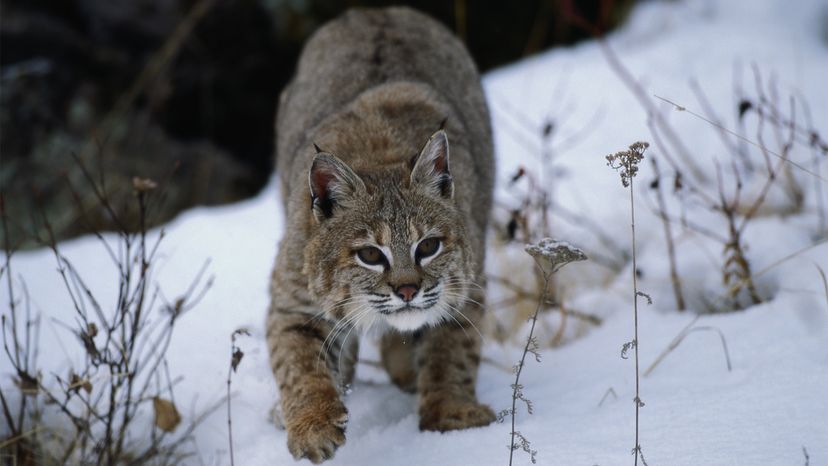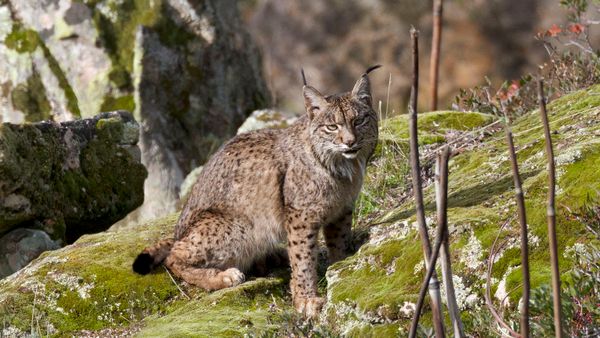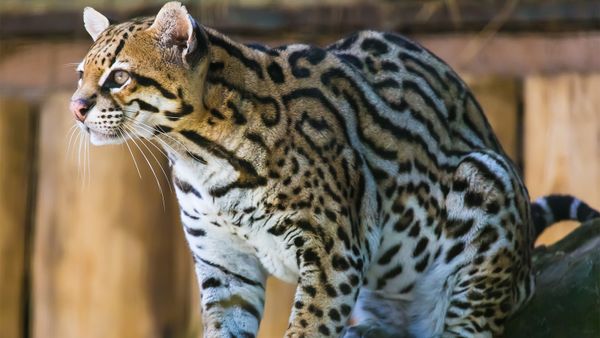But then states started protecting bobcats by putting strict limits on how many could be hunted or trapped. And it turns out, if people stop actively persecuting bobcats, they actually do just fine.
"Bobcat populations are increasing now, throughout much of their geographic range," says Litvaitis. "I am amazed at the abilities they have to adapt to a demanding and changing environment because, unlike coyotes and foxes, bobcats are strict carnivores, so their diet places substantial challenges to acclimating to suburban and urban life."
In New Hampshire, bobcat numbers were estimated to be around 1,400 in 2013, and are even higher today.
So, how do they manage maintaining a strict carnivore's diet while living catch-as-catch-can in human-centered landscapes from Waverly, Iowa, to Los Angeles? They work smarter, not harder, preying on our backyard chickens and other animals that do well hanging out around people.
"In the northeast, staying close to a bird feeder during winter seems to help bobcats snag unsuspecting squirrels and thus get through the toughest time of year," says Litvaitis.
Of course, cohabiting with humans isn't always great for either the bobcat or human residents. The cats are more likely to be hit by cars or have unpleasant run-in with humans if they're lounging around in somebody's backward waiting for a turkey or chipmunk to wander through. Should you encounter a bobcat, the best advice is to give it as much respect and space as possible. Similarly, a small dog or house cat might be targeted by a bobcat as a potential meal, and domestic cats are susceptible to a tick-borne disease called "bobcat fever" (cytauxzoonosis), for which bobcats are the natural host.
In the meantime, bobcats are doing so well that some states, like Illinois, have passed laws reinstating bobcat hunting and trapping season for the first time in 40 years. But now the question is, how do we maintain a good relationship with bobcat neighbors? It's tricky, but isn't there something kind of wonderful about the idea of having a wild cat in your backyard?
"I'm happy they're thriving," says Litvaitis. "For me, they symbolize the wild portion of nature, and I'm glad they're doing well."


